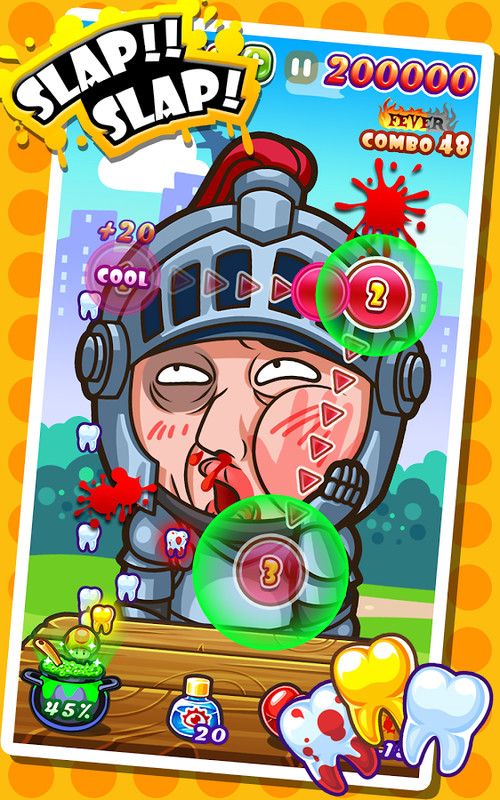

Most unusually, power-ups will float up from the bottom of your screen, to be caught with the panel that holds your current tile, offering a fairly wide array of predictable, yet surprisingly varied effects. Three colors of pieces result from the tiles, which come in a variety of shapes anywhere from two to seven tiles may be involved in a single drop, and these pieces stick to each other by color, creating overhangs and gaps as a rule. The wall of tiles comes up from the bottom, and you can drop puzzle pieces at your leisure, although you may not change its path in mid-drop. The similarities to Lumines, at least superficially, end there. The more squares you form, the better, as you advance through the game's levels by scoring. The basic rules of TiQal should sound familiar: Drop puzzle pieces to form squares of one color. TiQal takes after Bejeweled's slow, casual pace, with elements of Lumines thrown in to produce a rather unusual combination: a game that gets truly manic while playing with fairly old-school mechanics. One of the genre's directions in recent years is letting the player take more direct control over the pace.

This tradition has transcended pretty much every console since the NES, and it produces a very large fandom of dedicated players. Tetris set the form, and hundreds of imitators of varying quality have arisen over the years, borrowing mechanics from one another and trying to take the puzzle genre in interesting new directions. Falling block puzzle games are dime a dozen.


 0 kommentar(er)
0 kommentar(er)
